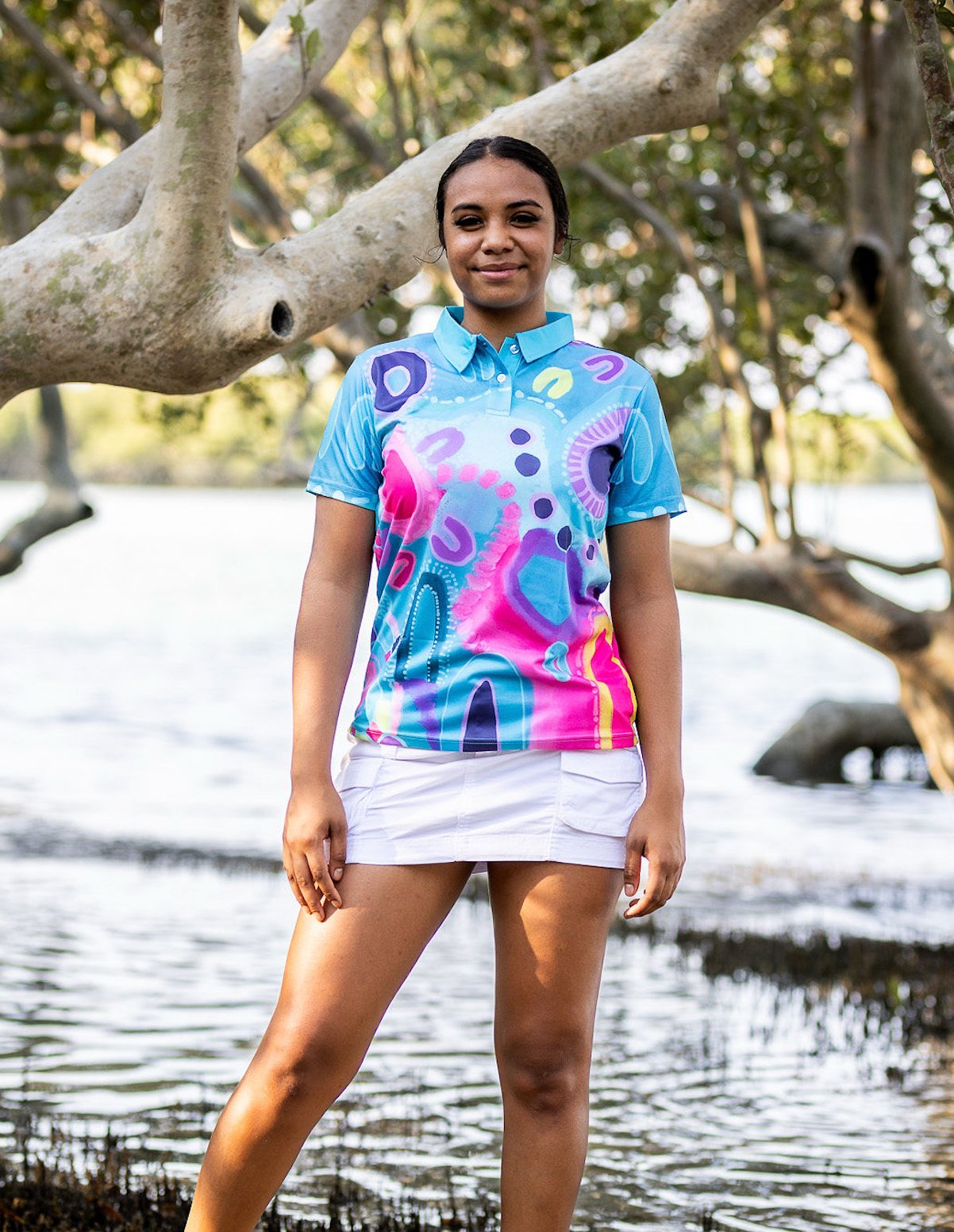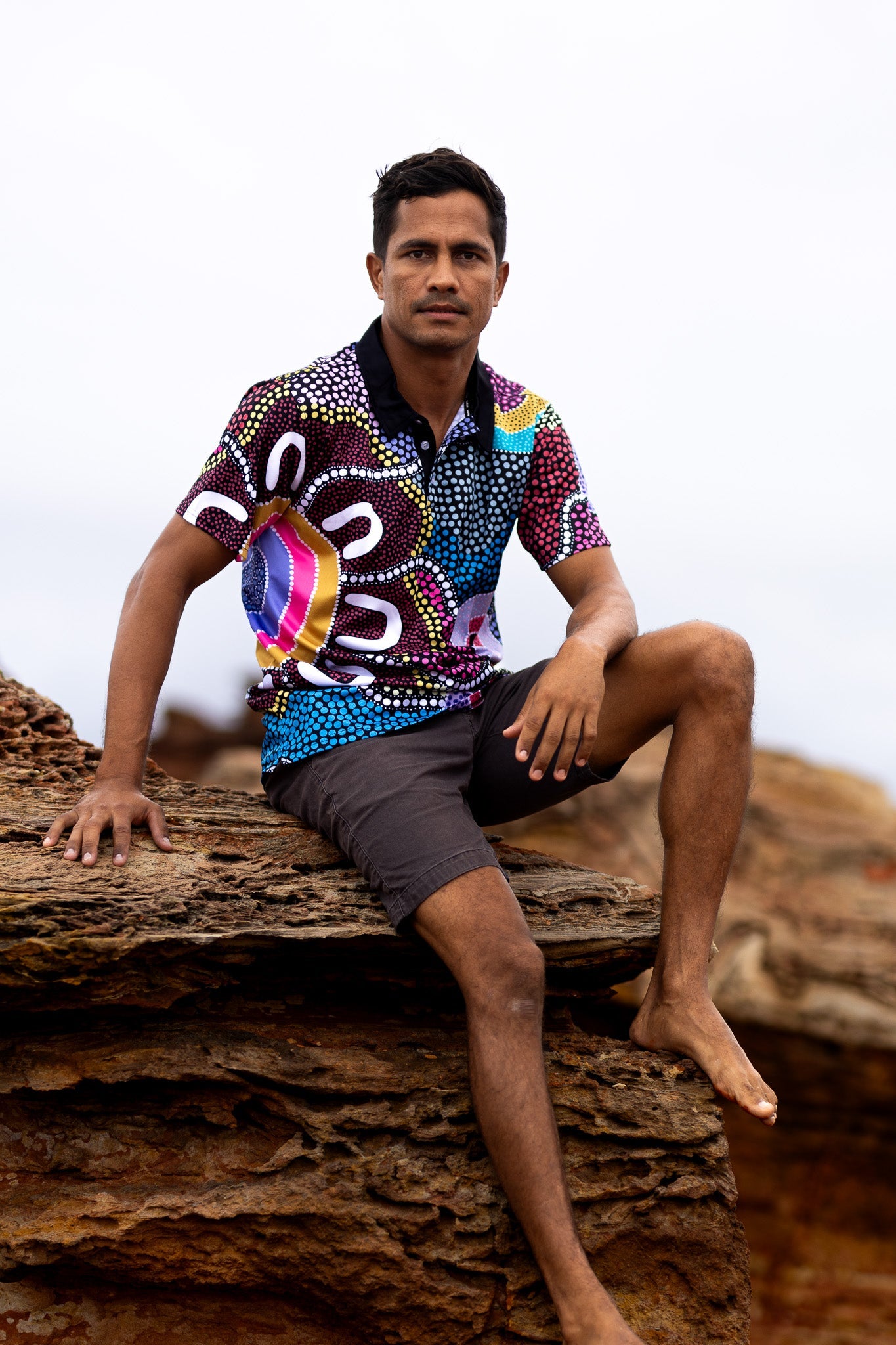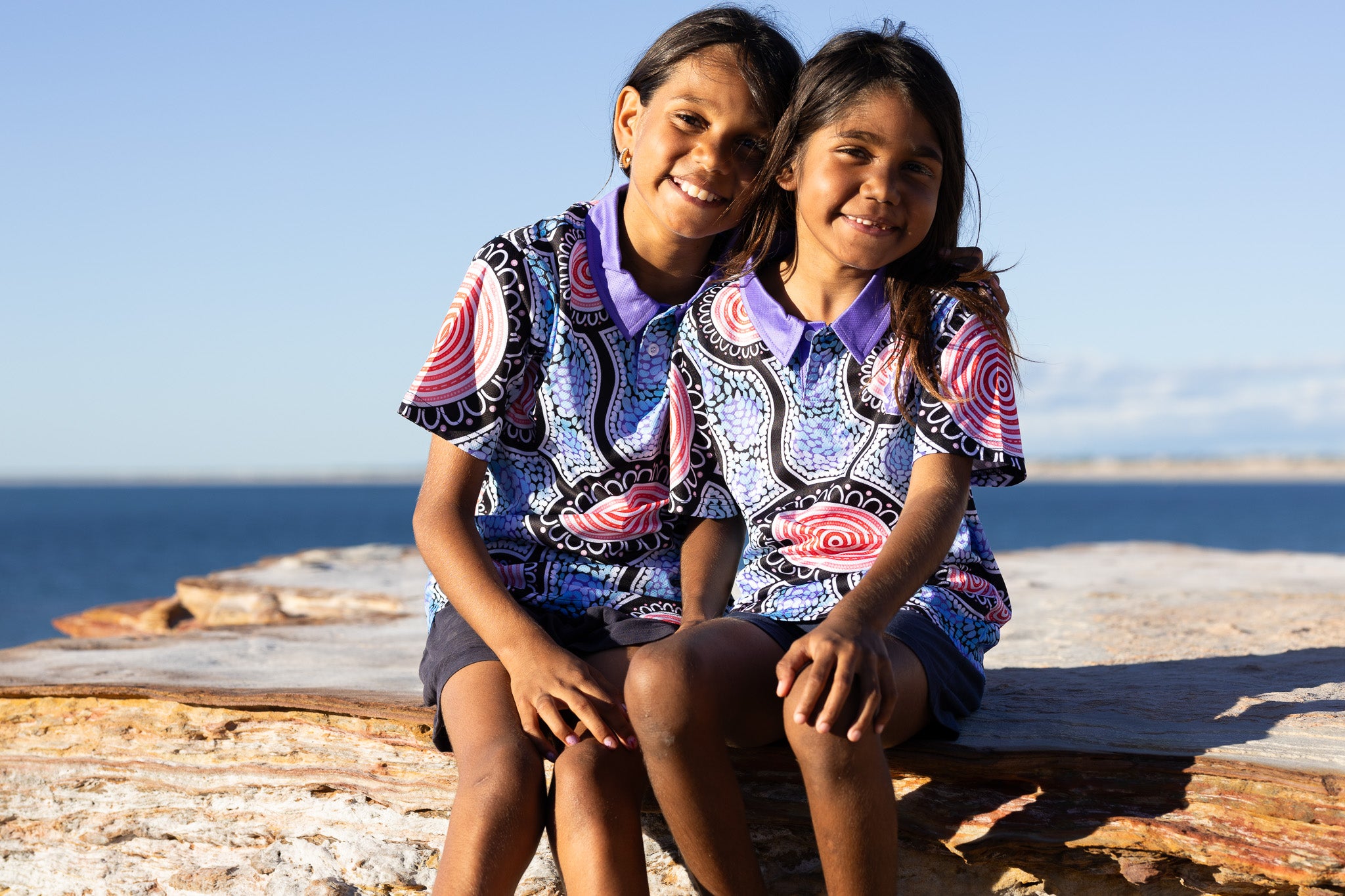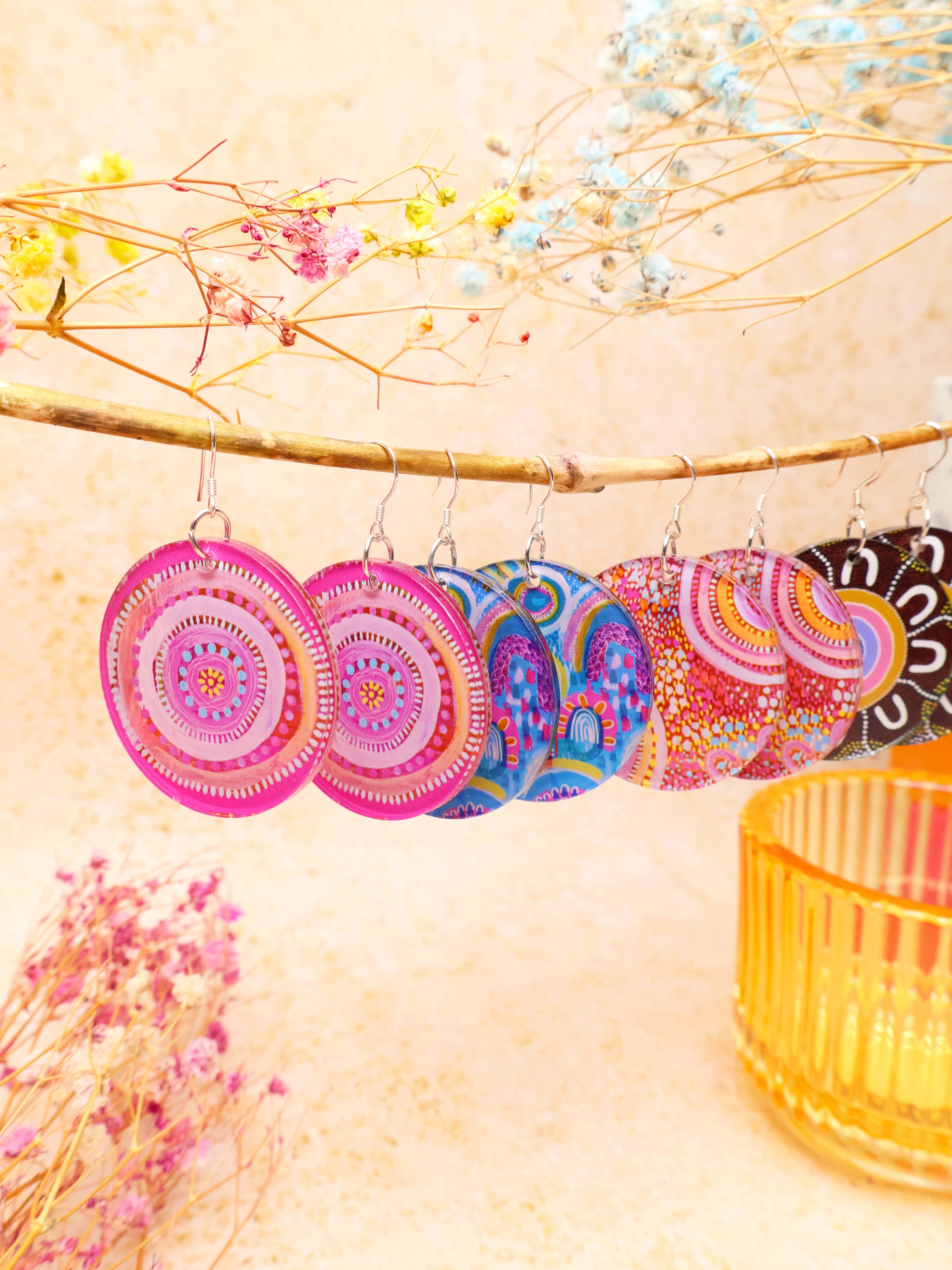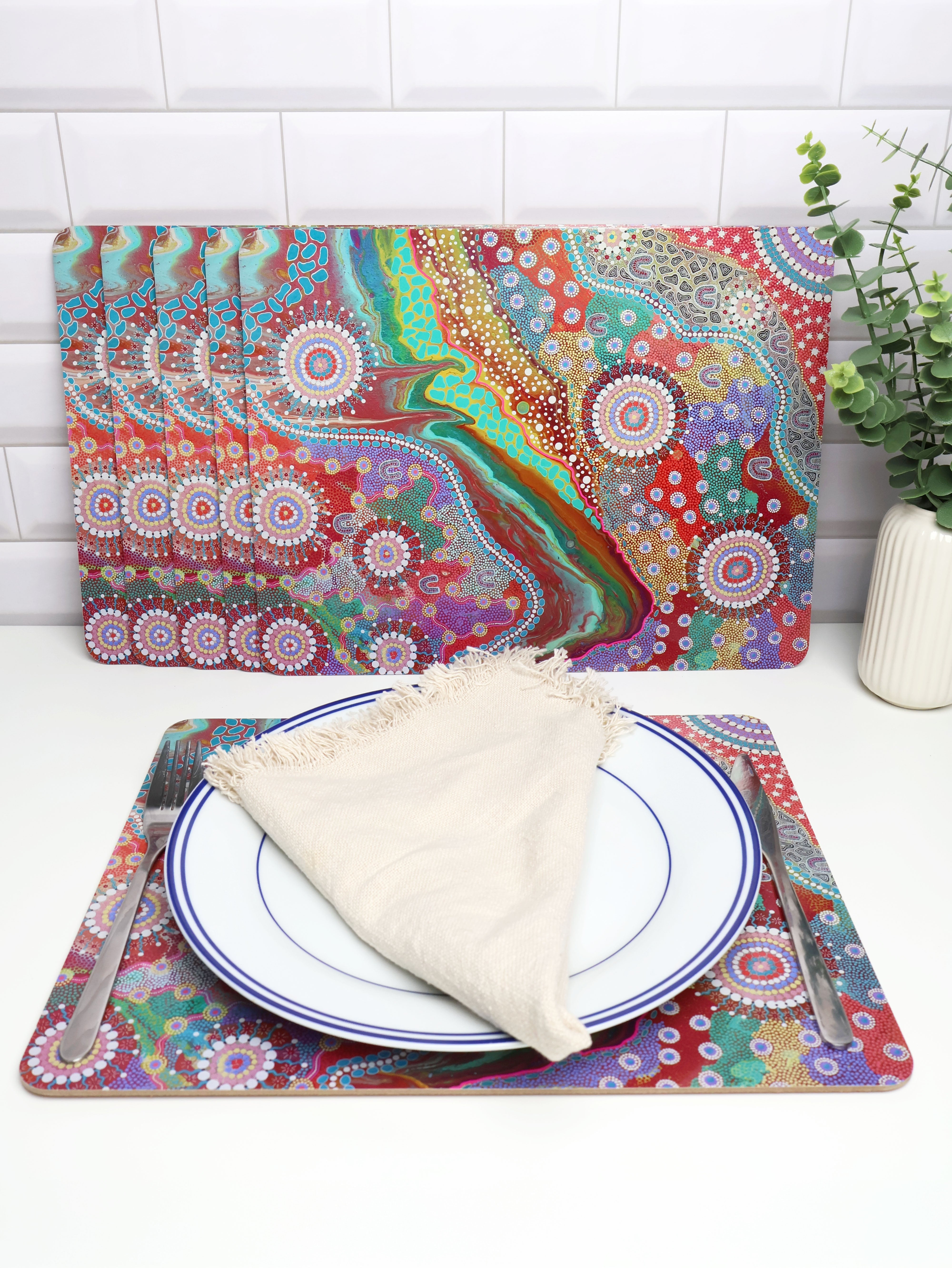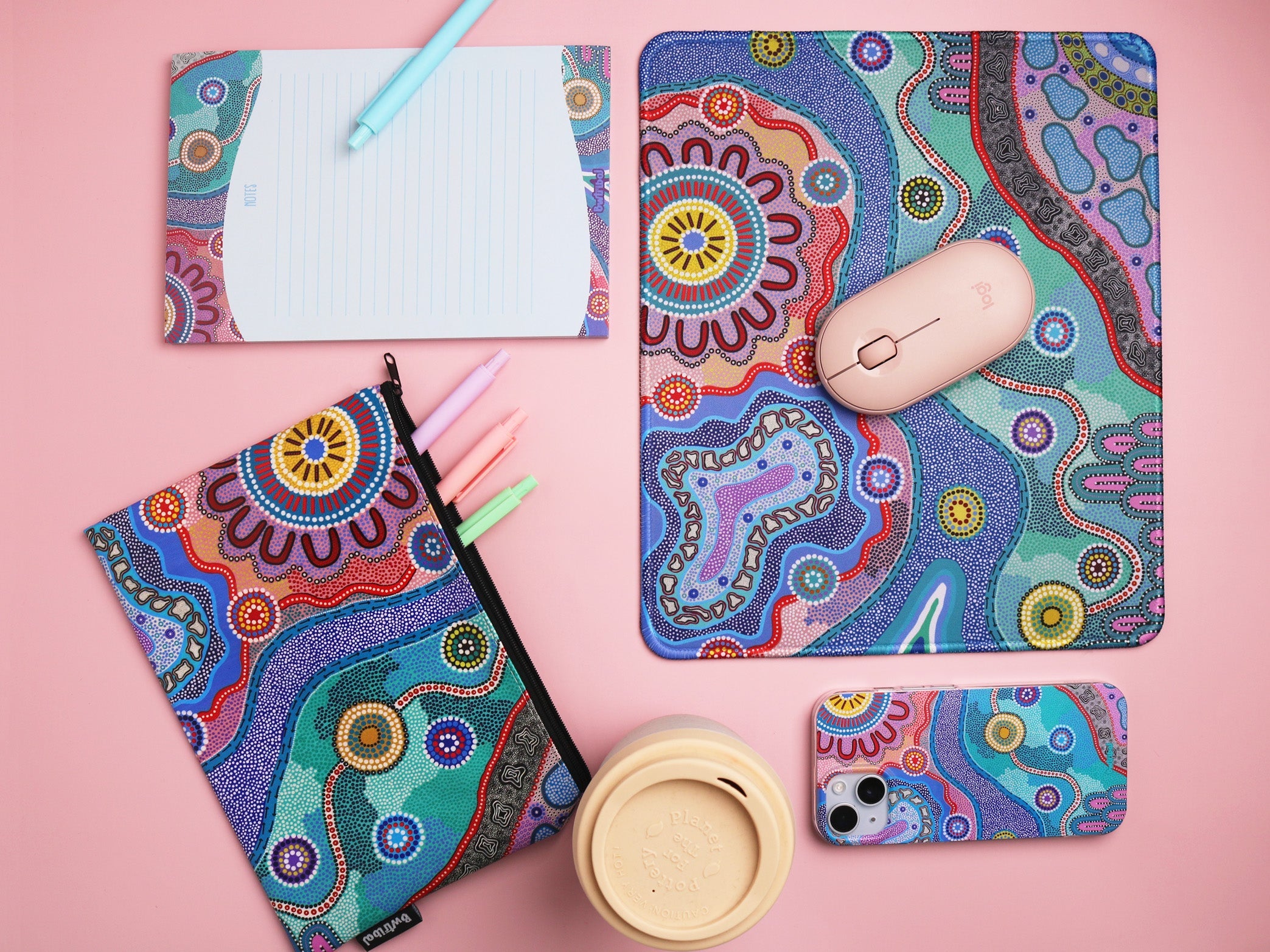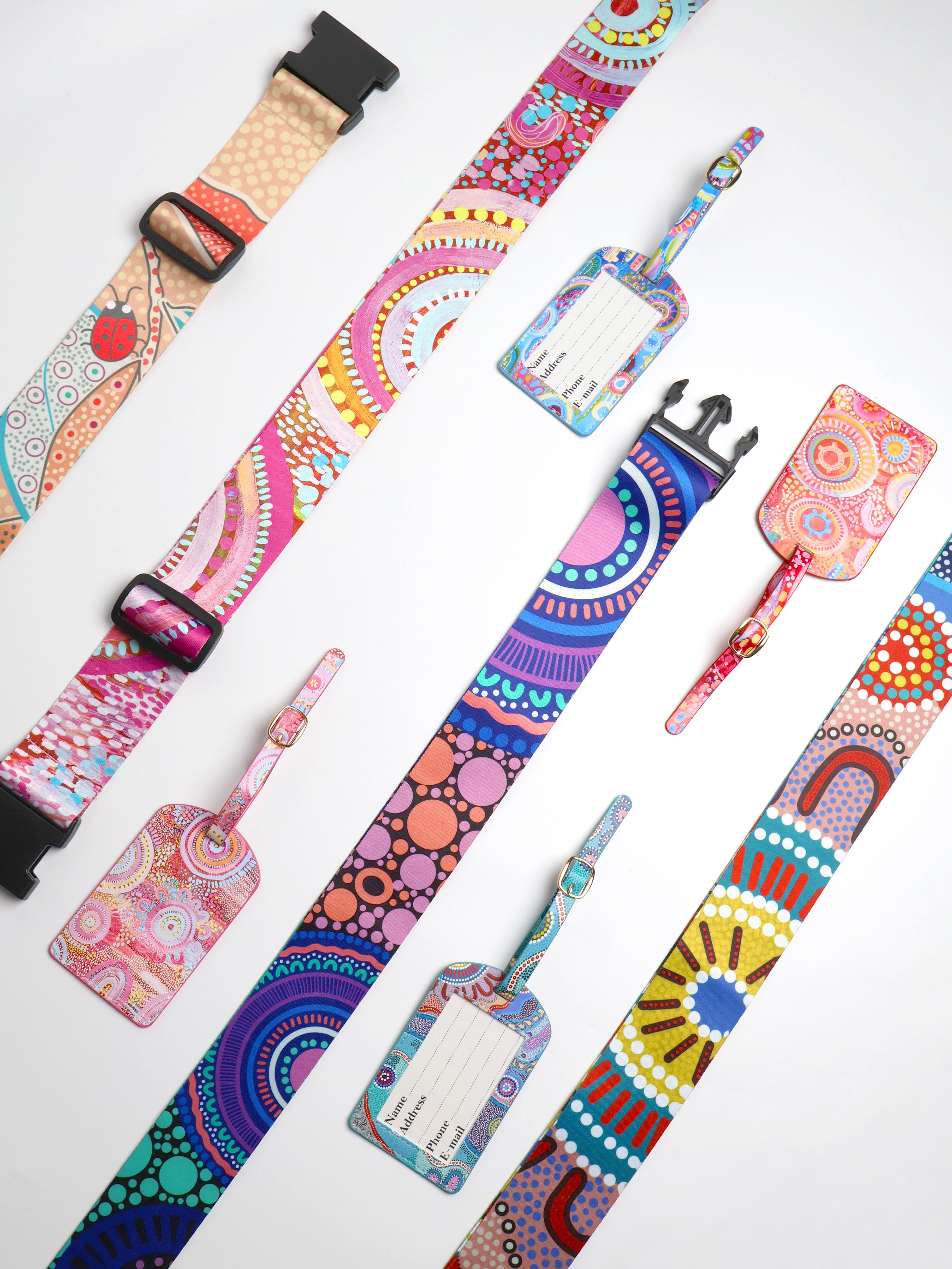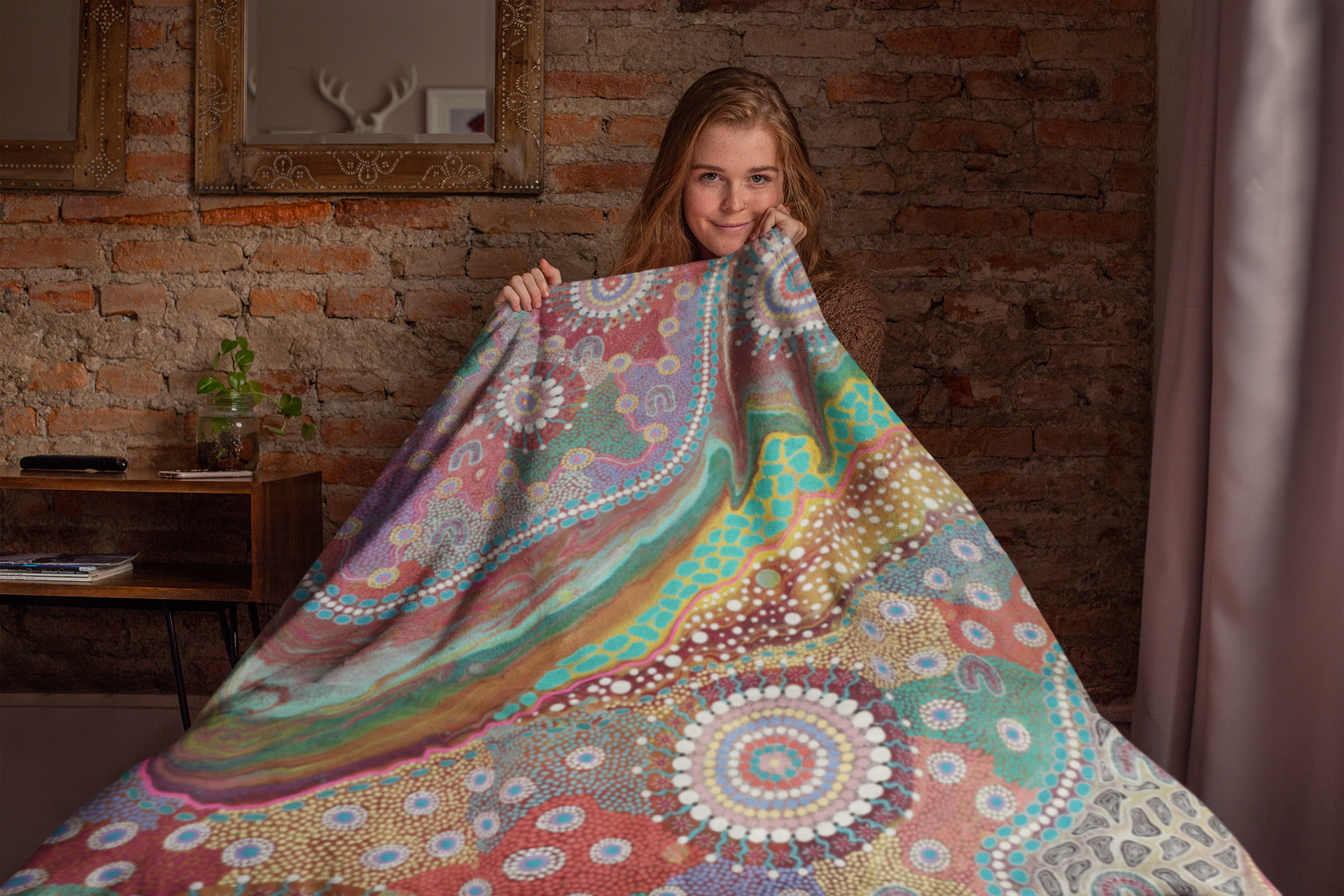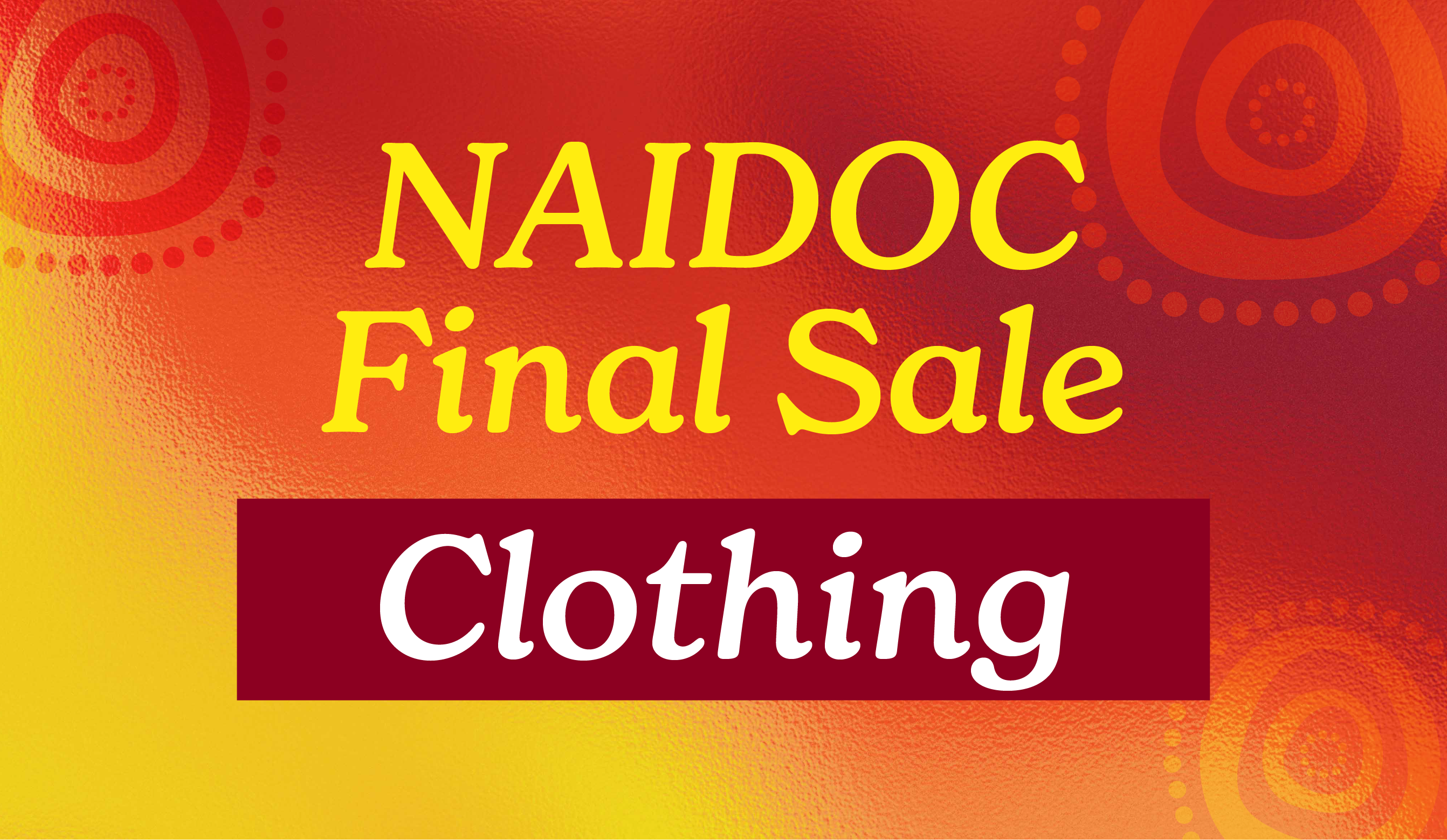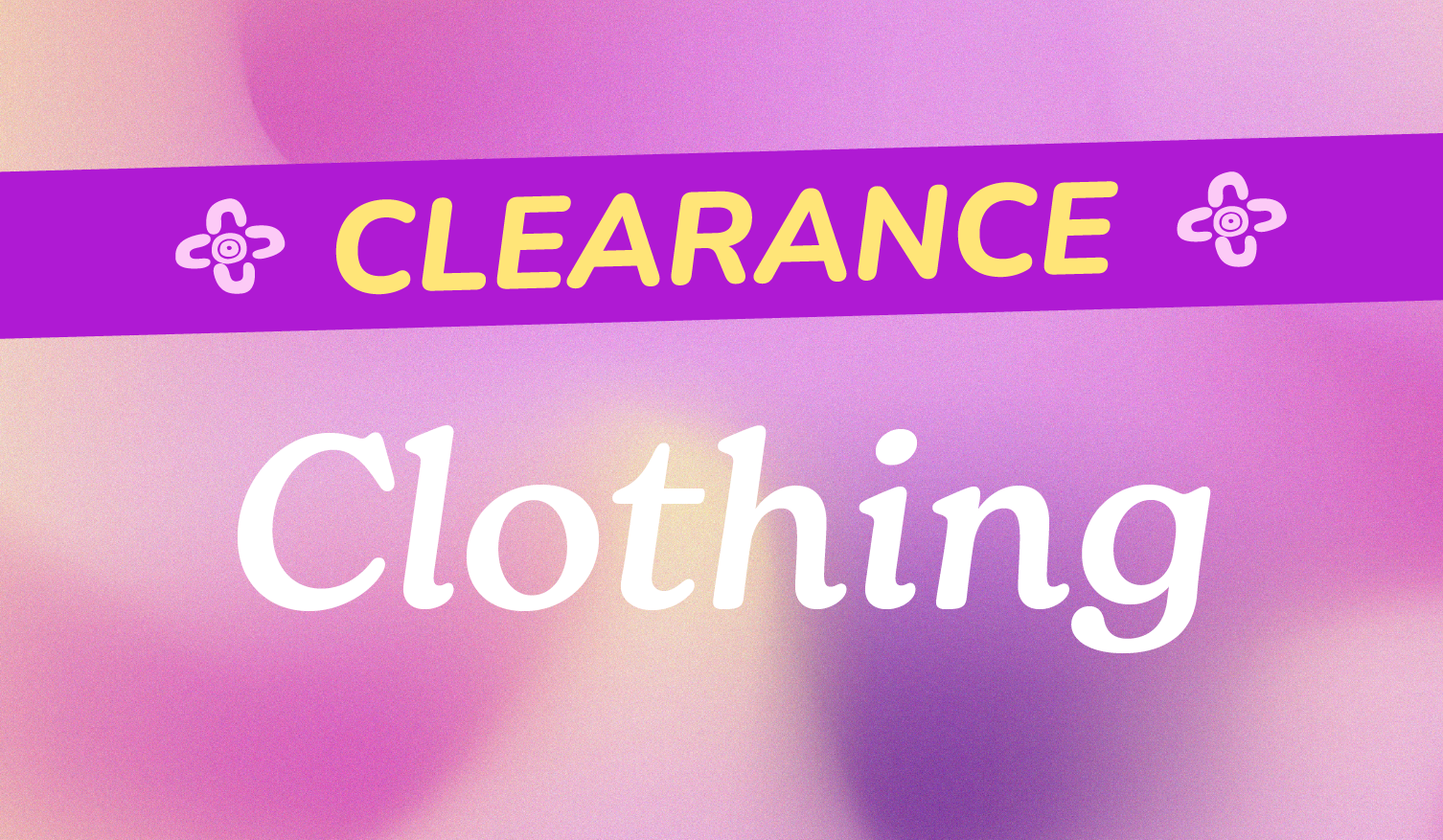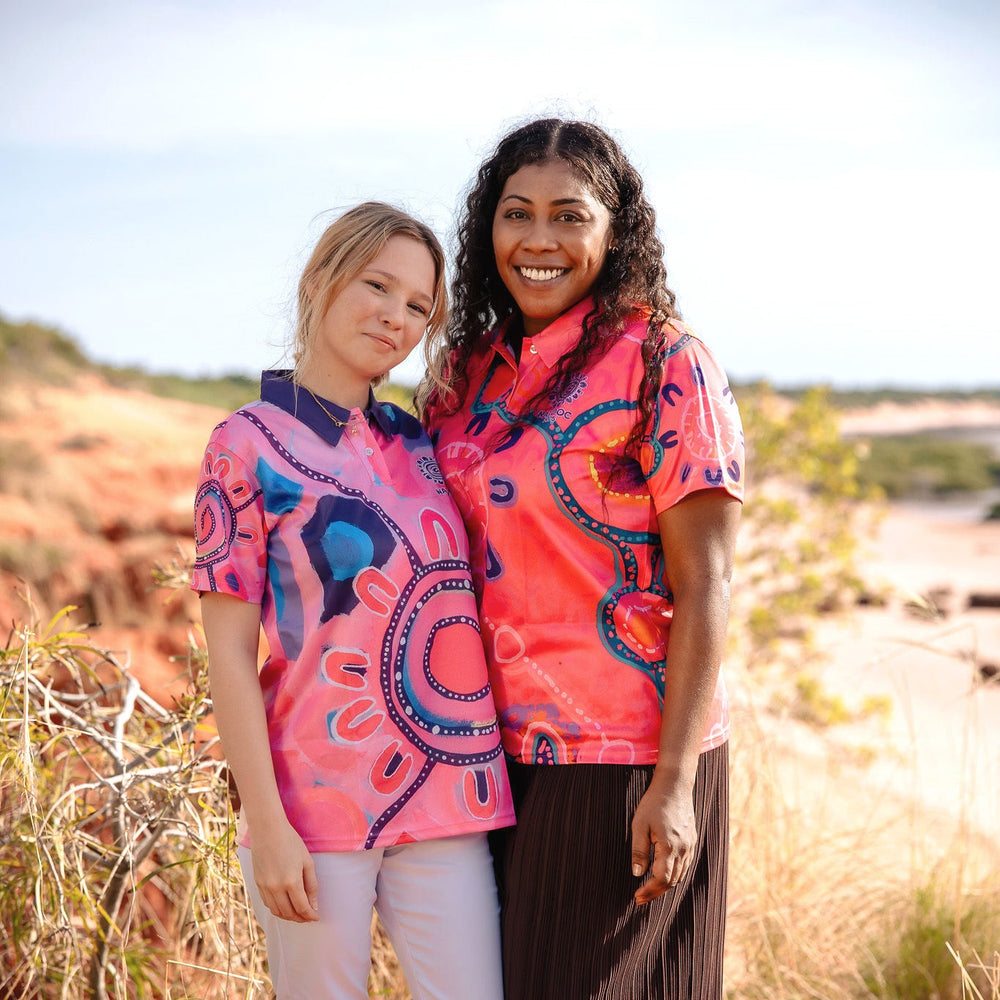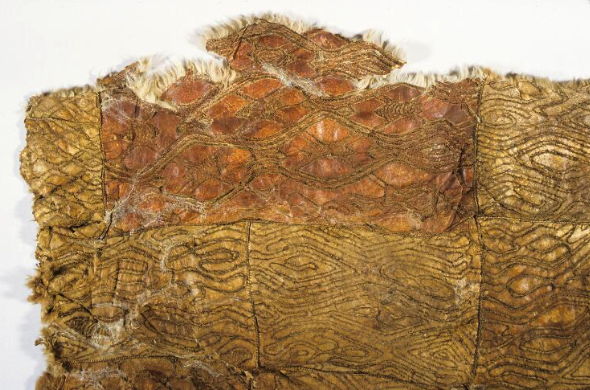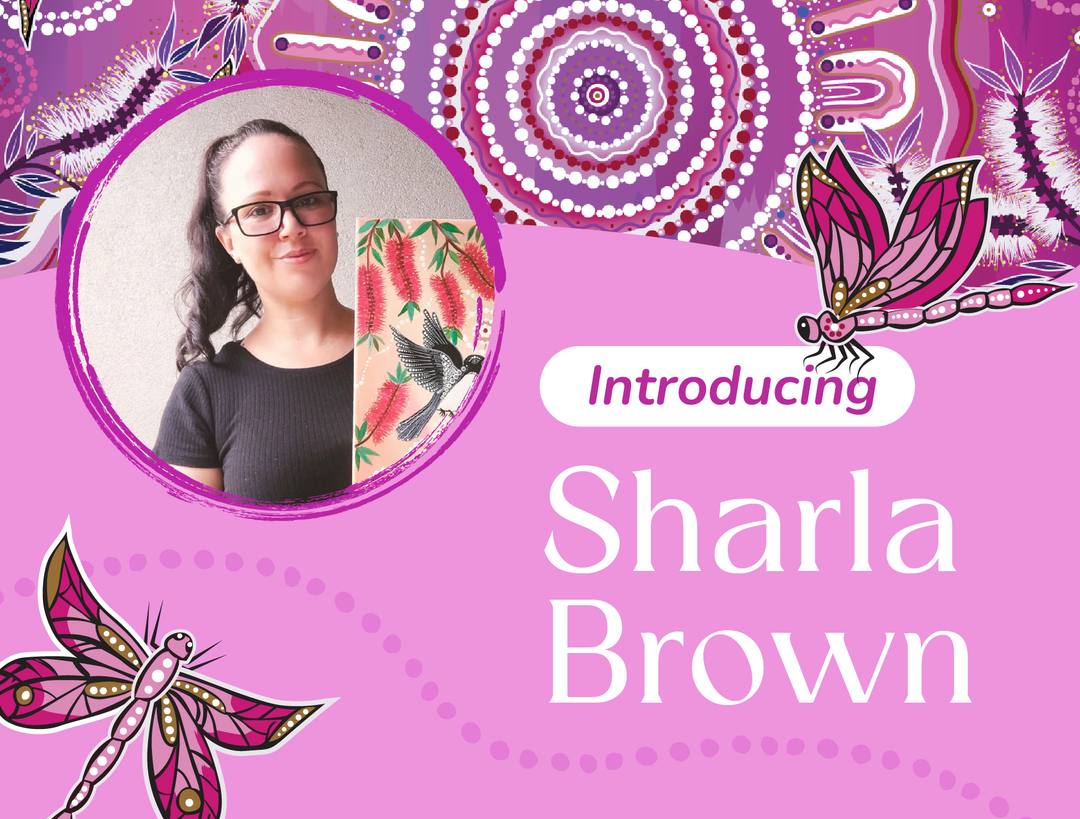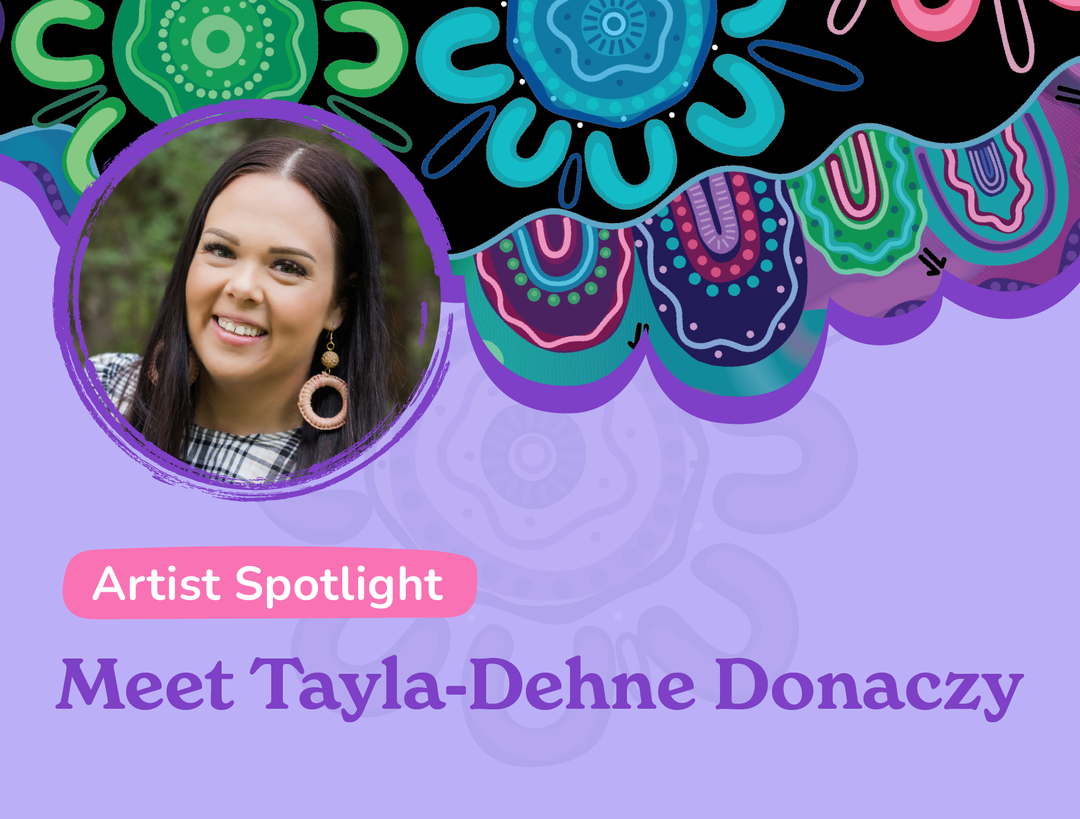When you think of traditional Australian Aboriginal clothing, you might envision a pretty minimalistic approach to dressing (or perhaps, even none at all!) However, this is far from the reality of traditional Aboriginal clothing, which varied significantly across regions and was deeply influenced by the environment.
 Murri family in Queensland. Woman wears emu feather cloak. Image: Koori History.
Murri family in Queensland. Woman wears emu feather cloak. Image: Koori History.Creating these cloaks was an intricate process. Skins were pinned flat, cleaned, and then dried. Unlike today's tanning methods, traditional methods involved decorating the cloaks with art, etched using tools like mussel and oyster shells, bones, and stones. These designs often depicted personal identities and representations of Country.

Modern possum skin 'Grandmother's Country' cloak by Vicki Couzens 2014
Image: Australian Museum
In conclusion, traditional Australian Aboriginal clothing, like the cloak, is a beautiful tapestry of culture, environment, and artistry. These capes showcase the adaptability and creativity of Australia's First Peoples, and its revival today ensures that these traditions will continue to inspire future generations.
References:
[1] Koori History. Traditional Aboriginal Clothing. Retrieved from https://koorihistory.com/traditional-aboriginal-clothing/
[2] TOTA. (n.d.). Aboriginal Australian Clothing and Ornamentation. Excerpted from "Natives of Australia" by Northcote W. Thomas, 1906. Retrieved from https://www.tota.world/article/680/





